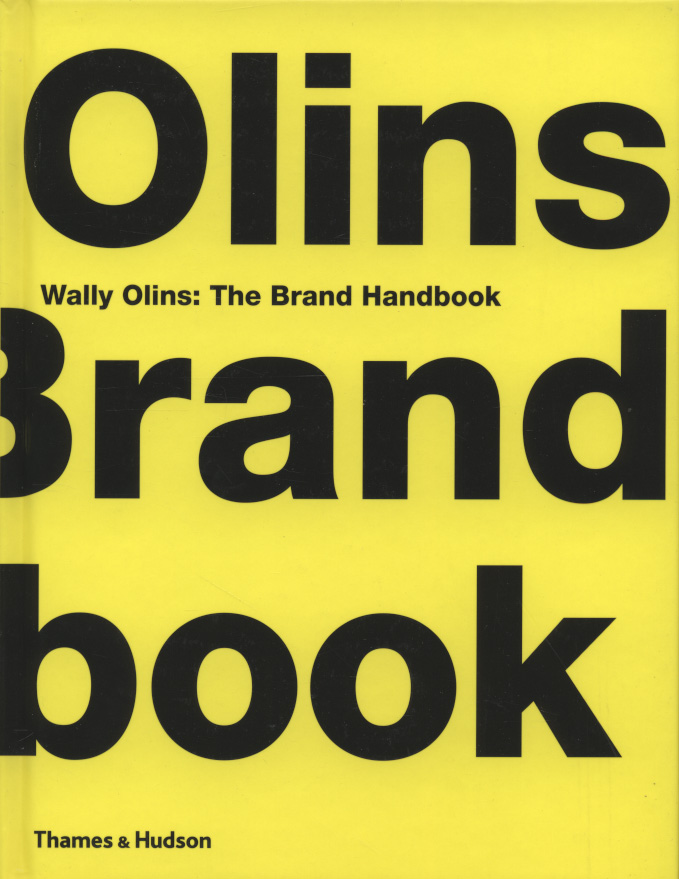Filters
Clear allSubject
- Careers (330) Apply Careers filter
- Climate Change (14) Apply Climate Change filter
- Computing (295) Apply Computing filter
- Creative arts and media (39) Apply Creative arts and media filter
- Cross curricular (230) Apply Cross curricular filter
- Engineering (806) Apply Engineering filter
- Food Preparation and Nutrition (231) Apply Food Preparation and Nutrition filter
- Health and safety (3) Apply Health and safety filter
- Leadership (3) Apply Leadership filter
- Mathematics (699) Apply Mathematics filter
- Personal development (8) Apply Personal development filter
- Psychology (7) Apply Psychology filter
- Science (1395) Apply Science filter
- Space (8) Apply Space filter
- STEM Ambassadors (40) Apply STEM Ambassadors filter
- STEM Clubs (42) Apply STEM Clubs filter
Age range
Type
- Activity sheet (621) Apply Activity sheet filter
- Article (66) Apply Article filter
- Assessment (17) Apply Assessment filter
- Audio (7) Apply Audio filter
- Demonstration (1) Apply Demonstration filter
- Experiment (33) Apply Experiment filter
- Game (10) Apply Game filter
- Group work (22) Apply Group work filter
- Image (17) Apply Image filter
- Information sheet (229) Apply Information sheet filter
- Interactive resource (10) Apply Interactive resource filter
- Open-ended task (18) Apply Open-ended task filter
- Poster (29) Apply Poster filter
- Presentation (338) Apply Presentation filter
- Quiz (13) Apply Quiz filter
- Research (169) Apply Research filter
- Self assessment (5) Apply Self assessment filter
- Teacher guidance (729) Apply Teacher guidance filter
- Textbook (29) Apply Textbook filter
- Video (259) Apply Video filter
- (-) Remove Include Physical Resources filter Include Physical Resources
Showing 5198 results
This item is one of over 25,000 physical resources available from the Resources Collection. The Archive Collection covers over 50 years of curriculum development in the STEM subjects. The Contemporary Collection includes all the latest publications from UK educational publishers.

Here,Wally Olins sets out the ground rules for branding success in the 21st century, explaining why understanding the links between business, brand and consumer has never been more vital for commercial success, and...
Produced by the Gender Equality and Race Inclusion (GERI) project, this teacher guidance and classroom activities outline a process that encourages young people to explore, in a comprehensive and constructive way, those jobs usually done by members of the opposite sex. Case studies and activities look at various...
Astronauts have been taking photographs of the Earth from space for over 50 years and Earth observation ...
Produced by Practical Action, these materials contain ideas and support for students undertaking a CREST award. There are stimulus materials that help students look at an issue of sustainable development. These materials look at provision clean and reliable drinking water. It looks at sustainable systems such as...
This Catalyst article is about a micro-hydroelectric power station on a river in Yorkshire. As oil prices soar and global warming threatens, the need for affordable green solutions to the energy crisis is ever increasing. Giant hydroelectric power stations, such as the Three Gorges Dam in China, will help to fulfil...
In this practical activity, students investigate the salinity of three different water samples using a multimeter. Students first calibrate their salination probe and test the salinity of their solutions. Students can be asked to suggest how errors might have appeared...
These technical briefs focus on low cost approaches to accessing clean water and sanitation. This is vital to health and well being and low costs are particularly important to poorer communities in the developing world.
Technical briefs are documents produced by Practical Action which are freely available to...
This activity looks at water consumption on a local and global scale. Students learn about the main water contaminants and various methods of purification and the role of engineers and their approach to design challenges. The resource aims to inspire an interest in water conservation and to introduce students to...
Water for the World was developed jointly by Engineers Without Borders UK (EWB) and Arup, a global firm of engineering consultants and specialists. There are three resources, investigating issues of water scarcity, sourcing and supply and showing how engineers can help to solve problems. Although initially designed...
This resource is designed for teachers of 11 to 16 year olds, wishing to use the water industry as a context within which their pupils can use the technology process.
It focuses on water treatment, and water water treatment, examining the historical development and the provision of services in the third...
Waterside Redevelopment is designed for teachers of 7 to 14 year olds, wishing to use the context of a new or redevelopment project as a basis for Technology and cross-curricular activities.
Included are activities appropriate to five contributing subject areas of the Technology Curriculum, and to the...
These resources from the Institution of Engineering and Technology, produced in association with Fairfield Control Systems, explore the theme of waterways.
A Catalyst article looking at renewable energy. To tackle climate change and all the challenges imposed by the need to find alternative and reliable energy sources, there is one major resource that has remained untapped until now: wave power. This article describes the size of this resource and presents the leading...
This worksheet, from the Institution of Engineering and Technology (IET), introduces students to the wave equation, giving them an understanding of some of the vocabulary and concepts used. Students use the formula: velocity (wave) = frequency x wavelength to answer the questions on the worksheet.
The...
